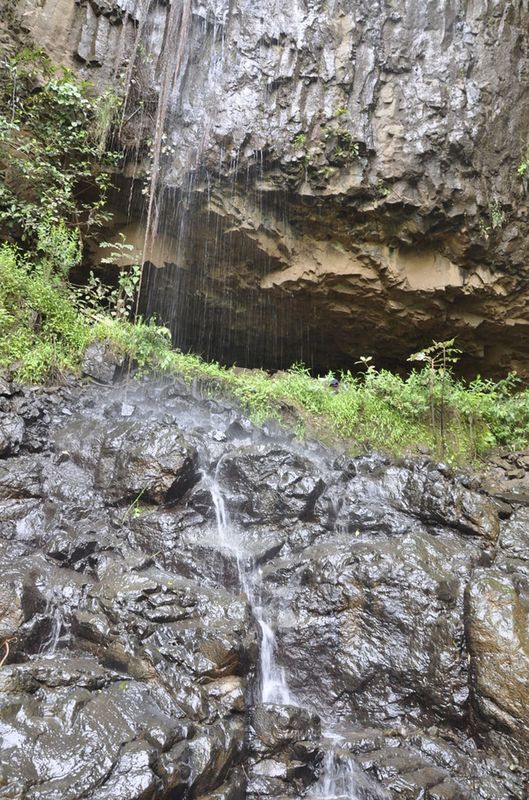By Will Dunham
WASHINGTON (Reuters) - DNA extracted from the skull of a man buried 4,500 years ago in an Ethiopian cave is providing new clarity on the ancestry of modern Africans as well as shedding light on an influx of people from the ancient Middle East into the Horn of Africa.
The man, dubbed "Mota," became the first ancient African whose genome has been sequenced, revealing his complete genetic blueprint, scientists said on Thursday. Until now, genome sequencing efforts on ancient people have focused on remains from cooler, drier climes that tend to better preserve DNA.
The cave, sitting 6,440 feet (1,963 meters) above sea level in southwestern Ethiopia's Gamo highlands, was discovered in 2011, University of Cambridge geneticist Andrea Manica said.
In it was the skeleton of an adult male who may have been bound at the time of burial, with stone tools also found in the grave. "Mota" lived in a hunter-gatherer culture, anthropologist Matthew Curtis of UCLA and Ventura College said.
DNA was extracted from the petrous bone, a dense region of the skull excellent for preserving DNA in ancient samples, Trinity College Dublin geneticist Eppie Jones said.
The man had dark skin, brown eyes, and genetic adaptations for living at high altitudes, Jones said.
"Mota is genetically very similar to current inhabitants of the Ethiopian highlands and eastern Africa," Manica said.
He had no trace of Eurasian ancestry, enabling the researchers to use his genome to better understand the Eurasian genetic component now seen in modern Africans. They used his genome to determine there was a large migration of western Eurasians into Africa around 3,500 to 4,000 years ago, University of Cambridge geneticist Marcos Gallego Llorente said.
This migration from the ancient Near East and Fertile Crescent, roughly corresponding to modern Iraq, Turkey, Iran and Syria, reshaped the African continent's genetic makeup.
By comparing the ancient genome to DNA from modern Africans, the researchers showed today's East Africans have up to 45 percent Eurasian ancestry from this ancient migration and that populations in all corners of Africa have at least 6 percent of their genome arising from the Eurasian migration.
These Eurasians were closely related to the people who introduced agriculture to Europe 8,000 years ago, Gallego Llorente said. There already was agriculture in the Horn of Africa when they arrived, but they introduced new crops and animals to the region.
The research was published in the journal Science.
